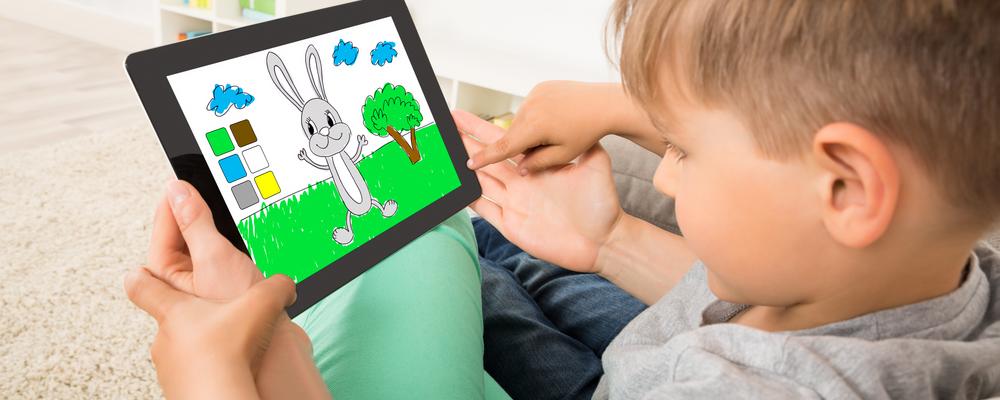
Moving and minds
Jonathan Delafield Butt's latest blog entry
[Posted on 5 June, 2018 by Jonathan Delafield-Butt]
The Nobel Prize-winning neurophysiologist Roger Sperry, famous for his work on the role of brain function in the generation of consciousness made a simple observation, “the sole product of brain function is motor coordination” (Sperry, 1952). He spoke to a simple truth that everything we do is through movement, and the only way we can express ourselves – our feelings and desires, our thoughts and intentions – is through the simple modality movement.
We typically think of voluntary movement as the primary expression of our minds. It makes our intentions and plans physical through body movement. However, recent work demonstrates that even the subtle nuance of our private experience also becomes available to others, shared through movement. This ‘second person’ perspective in psychology is rapidly gaining ground (Reddy, 2008), establishing a new social neuroscience of how two minds interact to form shared meaning (Schilbach et al., 2015). It borrows from preverbal studies of infants to give sensitive resolution to the role of the body and gesture in communication (Delafield-Butt and Trevarthen, 2015; Trevarthen and Delafield-Butt, 2017).
We develop and in infancy and childhood the ability to express and share our feelings and thoughts with others through movement. We reach out for our desires through movement, and we learn that those around us respond to different expressions made in movement. We learn the consequences of a slam made in tantrum, and seek reassuring contact through a gentle reach made toward a loving other. Gestures of the voice connect the infant to others in cries of distress, or in the first linguistic utterances of “dadda” or “mama”, received with a deluge of delight.
As the infant becomes a child, these movements form the basis of active, self-generated learning. They can become sculpted in culturally specific ways (Negayama et al, 2015). Children move to engage objects of interest, powered by their own motivation and agency (Delafield-Butt and Gangopadhyay, 2013). They create experiences to be enjoyed, and on which learning may progress. Self-generated movement for the child’s own purpose is a hallmark of what seminal child psychologist Jean Piaget (1953) termed ‘sensorimotor intelligence’, enabling learning the consequences of one’s own actions.
However, many children with ESSENCE conditions have significant motor impairments (Gillberg, 2010; Hatakenaka et al., 2016), and recent evidence demonstrates children with autism spectrum disorder exhibit a subtle, but significant disturbance to self-generated movement (Fournier et al., 2010; Trevarthen and Delafield-Butt, 2013). Motor disturbance thwarts the success of these individuals and can cause distress and frustration in everyday tasks; from a regular reach to engage a toy in play, to the regular need for expressive gesture in contentment or frustration. Movement forms a bedrock of private experience on which learning and growth can proceed, and public awareness for sharing one’s experiences.
In our work at the GNC and in Glasgow, we have engineered fun iPad games with wearable sensors for children to play with, so we can better study children’s movement to learn about the motor contribution to ESSENCE conditions, especially autism. Because children love the iPad, we can better record and characterize their movements as they play the games with interest and enjoyment. Our early studies show this can also be used as an effective screening or assessment tool in the nursery, classroom, or clinic, predicting autism with 93% accuracy using cloud-based machine learning analytics (Anzulewicz, Sobota and Delafield-Butt, 2016).
In autism, we now have a well-characterized motor disturbance from two decades of detailed study that suggests motor disruption might be core to autism, rather than a secondary issue (Fournier et al, 2010). There may be an autism-specific ‘motor signature’ (Anzulewicz et al., 2016) that differentiates it from other neurodevelopmental disorders, but more work is needed.
There is a therapeutic lesson to be learned. Movement as affective and intentional expression is ontogenetically prior to language. It is the way we first communicate and make meaningful contact with another. As we come to better understand the role of movement in child health and in pathology, so we can better inform and structure effective treatments.
Child psychiatrist Daniel Stern observed the nuance of children’s movements made in expressive communication, informed by his work with the New York City Ballet. He noted their forms were concerned with the expression and regulation of arousal and feelings (Stern, 2010), sharing the colour of inner experience through embodied stories. Our private experience is not isolated from others and trapped inside brains. Rather, our pains and pleasures, concerns and ambitions, thoughts and imaginations are shared every day in movement. Our work, at the GNC and internationally, is to better understand these through detailed and rigorous empirical study to improve scientific understanding, and best professional practice.
[This is a blog. The purpose of the blog is to provide information and raise awareness concerning important issues. All views and opinions expressed are those of the writer and not necessarily shared by the GNC.]